Lee presentará su obra «El Bulevard de Sabana Grande», un libro enrollable de dos tomos de aproximadamente 20 x 1000 cm cada uno, en el que hace un registro fotográfico de cada lado y de punta a punta de este emblemático Bulevard de Caracas realizado en el 2007, cuando los establecimientos aún tenían avisos comerciales y había una fuerte presencia de buhoneros.
-
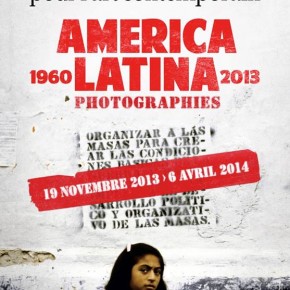
-
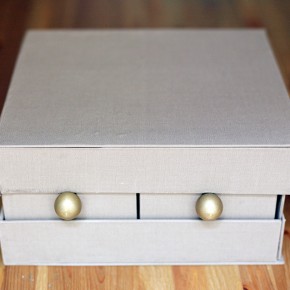
- Suwon Lee | El Bulevard de Sabana Grande | 2007-2011
-
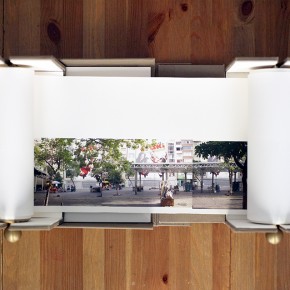
- Suwon Lee | El Bulevard de Sabana Grande | 2007-2011
-
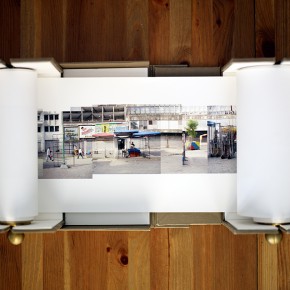
- Suwon Lee | El Bulevard de Sabana Grande | 2007-2011
-
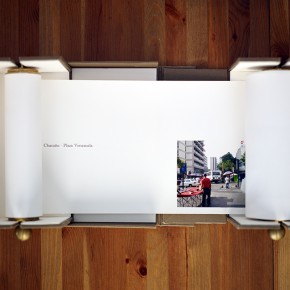
- Suwon Lee | El Bulevard de Sabana Grande | 2007-2011
-
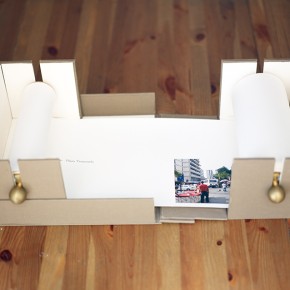
- Suwon Lee | El Bulevard de Sabana Grande | 2007-2011
-
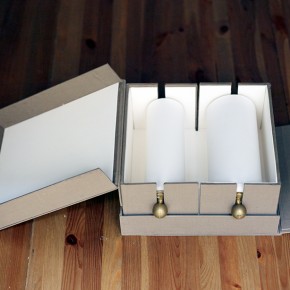
- Suwon Lee | El Bulevard de Sabana Grande | 2007-2011
-
![Suwon Lee | El Bulevard de Sabana Grande | 2007-2011 [Detalle] | Archival pigment print | 2 libros enrollables de 20 x 800 y 20 x 1000 cm](https://www.oficina1.com/wp-content/uploads/2013/11/LEEdetail10-290x290.jpg)
- Suwon Lee | El Bulevard de Sabana Grande [Detalle]
-
![Suwon Lee | El Bulevard de Sabana Grande | 2007-2011 [Detalle] | Archival pigment print | 2 libros enrollables de 20 x 800 y 20 x 1000 cm](https://www.oficina1.com/wp-content/uploads/2013/11/LEEdetail11-290x290.jpg)
- Suwon Lee | El Bulevard de Sabana Grande [Detalle]
AMERICA LATINA, 1960-2013
La Fondation Cartier pour l’art contemporain presentará desde el 17 de noviembre de 2013 hasta el 6 de abril de 2014
América Latina 1960-2013, una muestra co-producida con el
Museo Amparo de Puebla (México). La exposición ofrecerá una nueva perspectiva en la fotografía de América Latina desde1960 hasta la actualidad a partir de la relación entre el texto y la imagen fotográfica.
Reuniendo a más de setenta artistas de once países diferentes, esta exposición revela la gran diversidad de las prácticas fotográficas, presentando tanto el trabajo de fotógrafos documentales así como el de artistas contemporáneos que se apropian de este medio de diferentes maneras.
Esta presentación única ofrecerá al visitante la oportunidad de profundizar en la historia de la región y volver a descubrir las obras de grandes artistas raramente exhibidas en Europa.
América Latina: una región fascinante
Durante siglos, América Latina ha fascinado a los observadores de la misma manera como les ha desconcertado; hay un sentido de lo exótico que se deriva quizás de haber sido percibida alguna vez como un «nuevo mundo». En la actualidad, cuando la cultura latinoamericana contemporánea ha recibido mucha atención, las circunstancias históricas que rodearon su producción han sido menos exploradas.
La exposición América Latina cubrirá el período de 1960 -el año siguiente a la Revolución Cubana- hasta hoy. En muchos países de América Latina, este período ha estado marcado por la inestabilidad política y económica; ha experimentado una sucesión de movimientos revolucionarios y regímenes militares represivos, la aparición de movimientos guerrilleros, así como transiciones hacia la democracia. Al explorar la interacción entre el texto y la imagen en el arte de América Latina a lo largo de los últimos cincuenta años, la exposición ofrece una mirada viva dentro de este período tumultuoso de la historia a través de la mirada de los artistas.
Fotografía y texto en un mundo cambiante
Durante el período abarcado por la exposición, cuando el clima de agitación política requería una respuesta urgente, muchos artistas latinoamericanos cada vez más trataron de escapar de la especificidad del medio introduciendo textos e imágenes a su trabajo. Este nuevo enfoque visual les proporcionó una herramienta eficaz para expresarse y comunicarse, ya que la fotografía es un medio que registra la realidad de manera rápida y realista mientras que el texto ofrece una manera de ampliar o modificar el significado de la imagen. A través de estas invenciones formales los artistas trataron de retratar la complejidad y la violencia del mundo que les rodeaba, y en algunos casos de eludir la censura. En la década de los ochenta el artista chileno Eugenio Dittborn creó sus »Pinturas Aeropostales», que se plegaban y enviaban por todo el mundo, evitando el aislamiento cultural de Chile bajo Pinochet. Por su parte, Miguel Rio Branco, una figura principal de la fotografía brasileña, ha representado la clase baja de una sociedad con dos niveles muy diferenciados de una manera muy poética.
ARTISTAS
Elías ADASME (Chile), Carlos ALTAMIRANO (Chile), Francis ALŸS (México), Claudia ANDUJAR (Brasil), Antonio Manuel (Brasil), Ever ASTUDILLO (Colombia), Artur BARRIO (Brasil), Luz María BEDOYA (Perú), Iñaki BONILLAS (México), Oscar BONY (Argentina), Barbara BRÄNDLI (Venezuela), Marcelo BRODSKY (Argentina), Miguel CALDERÓN (México), Johanna CALLE (Colombia), Luis CAMNITZER (Uruguay), Bill CARO (Perú), Graciela CARNEVALE et le Grupo de Artistas de Vanguardia (Argentina), Fredi CASCO (Paraguay), Guillermo DEISLER (Chile), Eugenio DITTBORN (Chile), Juan Manuel ECHAVARRÍA (Colombia), Eduardo Rubén (Cuba), Felipe EHRENBERG (México), Robert FANTOZZI (Perú), León FERRARI (Argentina), José A. FIGUEROA (Cuba), Flavia GANDOLFO (Perú), Carlos GARAICOA (Cuba), Paolo GASPARINI (Venezuela), Anna Bella GEIGER (Brasil), Carlos GINZBURG (Argentina), Daniel GONZÁLEZ (Venezuela), Jonathan HERNÁNDEZ (México), Graciela ITURBIDE (México), Guillermo IUSO (Argentina), Alejandro JODOROWSKY (Chile), Claudia JOSKOWICZ (Bolivia), Marcos KURTYCZ (México), Suwon LEE (Venezuela), Adriana LESTIDO (Argentina),Marcos LÓPEZ (Argentina), Pablo LÓPEZ LUZ (México), Rosario LÓPEZ PARRA (Colombia), LOST ART (Brasil), Jorge MACCHI (Argentina), Teresa MARGOLLES (México), Agustín MARTÍNEZ CASTRO (México), Marcelo MONTECINO (Chile), Oscar MUÑOZ (Colombia), Helio OITICICA (Brasil), Damián ORTEGA (México), Pablo ORTIZ MONASTERIO (México), Leticia PARENTE (Brasil), Luis PAZOS (Chile), Claudio PERNA (Venezuela), Rosângela RENNÓ (Brasil), Miguel RIO BRANCO (Brasil), Herbert RODRÍGUEZ (Perú), Juan Carlos ROMERO (Argentina), Lotty ROSENFELD (Chile), Graciela SACCO (Argentina), Maruch SÁNTIZ GÓMEZ (México), Vladimir SERSA (Venezuela), Regina SILVEIRA (Brasil), Milagros DE LA TORRE (Perú), Susana TORRES (Perú), Sergio TRUJILLO DÁVILA (Colombia), Jorge VALL (Venezuela), Leonora VICUÑA (Chile), Eduardo VILLANES (Perú), Luiz ZERBINI (Brasil), Facundo DE ZUIVIRÍA (Argentina)
___
Suwon Lee participates in the group exhibition América Latina 1960-2013, which opens on Sunday, November 19, 2013 at the Fondation Cartier pour l’art contemporain in Paris, France. Lee will present her piece «The Boulevard de Sabana Grande», a scroll book of two volumes of about 20 x 1000 cm each, which makes a photographic record of each side from end to end of this emblematic Boulevard in Caracas taken in 2007 when the shops still had commercial signs and there was a strong presence of street vendors.
AMERICA LATINA, 1960–2013
From November 17, 2013 to April 6, 2014, the Fondation Cartier pour l’art contemporain will present América Latina 1960-2013, co-produced with the Museo Amparo in Puebla (Mexico). The exhibition will offer a new perspective on Latin American photography from 1960 to today, focusing on the relationship between text and the photographic image. Bringing together more than seventy artists from eleven different countries, it reveals the great diversity of photographic practices by presenting the work of documentary photographers as well as that of contemporary artists who appropriate the medium in different ways. This unique presentation will provide the visitor with the opportunity to delve into the history of the region and to rediscover the works of major artists rarely exhibited in Europe.
Latin America : a Fascinating Region
Over centuries, Latin America has fascinated observers as much as it has mystified them; there is a sense of the exotic that derives perhaps from it having once been perceived as a “new world.” Today, while contemporary Latin American culture has received much attention, the historical circumstances surrounding its production are often less widely explored. The exhibition América Latina will cover the period from 1960 – the year following the Cuban revolution – to today. In many Latin American countries, this period has been marked by political and economic instability, and has seen a succession of revolutionary movements and repressive military regimes, the emergence of guerilla movements as well as transitions toward democracy. By exploring the interaction between text and image in the art of Latin America over the course of the last fifty years, the exhibition provides a vivid look into this tumultuous period of history through the eyes of the artists.
Photography and Text in a Shifting World
During the era covered by the exhibition, when the climate of political upheaval required an urgent response, many Latin American artists increasingly sought to escape media specificity by bringing text and image together in their work. This new visual approach provided them with an effective tool for expressing themselves and communicating, as photography is a medium that rapidly and realistically records reality while text provides a way of expanding or altering the meaning of the image. Through these formalistic inventions the artists tried to portray the complexity and violence of the world around them and in some cases to sidestep censorship. In the 1980s the Chilean artist Eugenio Dittborn created ‘‘airmail paintings’’ which were folded up and sent all over the world, circumventing Chile’s cultural isolation under Pinochet. As for Miguel Rio Branco, a figurehead of Brazilian photography, he has depicted the underclass of a two-tiered society in a highly poetic manner.
ARTISTS Elías ADASME (Chili), Carlos ALTAMIRANO (Chili), Francis ALŸS (Mexique), Claudia ANDUJAR (Brésil), Antonio Manuel (Brésil), Ever ASTUDILLO (Colombie), Artur BARRIO (Brésil), Luz María BEDOYA (Pérou), Iñaki BONILLAS (Mexique), Oscar BONY (Argentine), Barbara BRÄNDLI (Venezuela), Marcelo BRODSKY (Argentine), Miguel CALDERÓN (Mexique), Johanna CALLE (Colombie), Luis CAMNITZER (Uruguay), Bill CARO (Pérou), Graciela CARNEVALE et le Grupo de Artistas de Vanguardia (Argentine), Fredi CASCO (Paraguay), Guillermo DEISLER (Chili), Eugenio DITTBORN (Chili), Juan Manuel ECHAVARRÍA (Colombie), Eduardo Rubén (Cuba), Felipe EHRENBERG (Mexique), Robert FANTOZZI (Pérou), León FERRARI (Argentine), José A. FIGUEROA (Cuba), Flavia GANDOLFO (Pérou), Carlos GARAICOA (Cuba), Paolo GASPARINI (Venezuela), Anna Bella GEIGER (Brésil), Carlos GINZBURG (Argentine), Daniel GONZÁLEZ (Venezuela), Jonathan HERNÁNDEZ (Mexique), Graciela ITURBIDE (Mexique), Guillermo IUSO (Argentine), Alejandro JODOROWSKY (Chili), Claudia JOSKOWICZ (Bolivie), Marcos KURTYCZ (Mexique), Suwon LEE (Venezuela), Adriana LESTIDO (Argentine),Marcos LÓPEZ (Argentine), Pablo LÓPEZ LUZ (Mexique), Rosario LÓPEZ PARRA (Colombie), LOST ART (Brésil), Jorge MACCHI (Argentine), Teresa MARGOLLES (Mexique), Agustín MARTÍNEZ CASTRO (Mexique), Marcelo MONTECINO (Chili), Oscar MUÑOZ (Colombie), Helio OITICICA (Brésil), Damián ORTEGA (Mexique), Pablo ORTIZ MONASTERIO (Mexique), Leticia PARENTE (Brésil), Luis PAZOS (Chili), Claudio PERNA (Venezuela), Rosângela RENNÓ (Brésil), Miguel RIO BRANCO (Brésil), Herbert RODRÍGUEZ (Pérou), Juan Carlos ROMERO (Argentine), Lotty ROSENFELD (Chili), Graciela SACCO (Argentine), Maruch SÁNTIZ GÓMEZ (Mexique), Vladimir SERSA (Venezuela), Regina SILVEIRA (Brésil), Milagros DE LA TORRE (Pérou), Susana TORRES (Pérou), Sergio TRUJILLO DÁVILA (Colombie), Jorge VALL (Venezuela), Leonora VICUÑA (Chili), Eduardo VILLANES (Pérou), Luiz ZERBINI (Brésil), Facundo DE ZUIVIRÍA (Argentine)

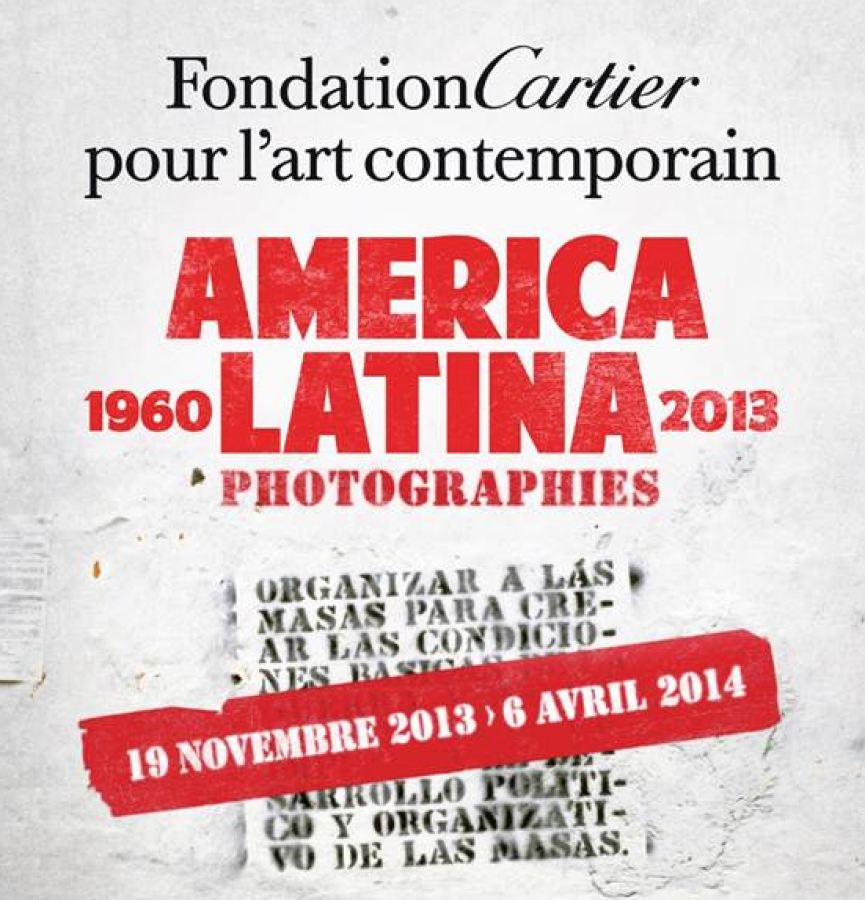







![Suwon Lee | El Bulevard de Sabana Grande | 2007-2011 [Detalle] | Archival pigment print | 2 libros enrollables de 20 x 800 y 20 x 1000 cm](https://www.oficina1.com/wp-content/uploads/2013/11/LEEdetail10-290x290.jpg)
![Suwon Lee | El Bulevard de Sabana Grande | 2007-2011 [Detalle] | Archival pigment print | 2 libros enrollables de 20 x 800 y 20 x 1000 cm](https://www.oficina1.com/wp-content/uploads/2013/11/LEEdetail11-290x290.jpg)


